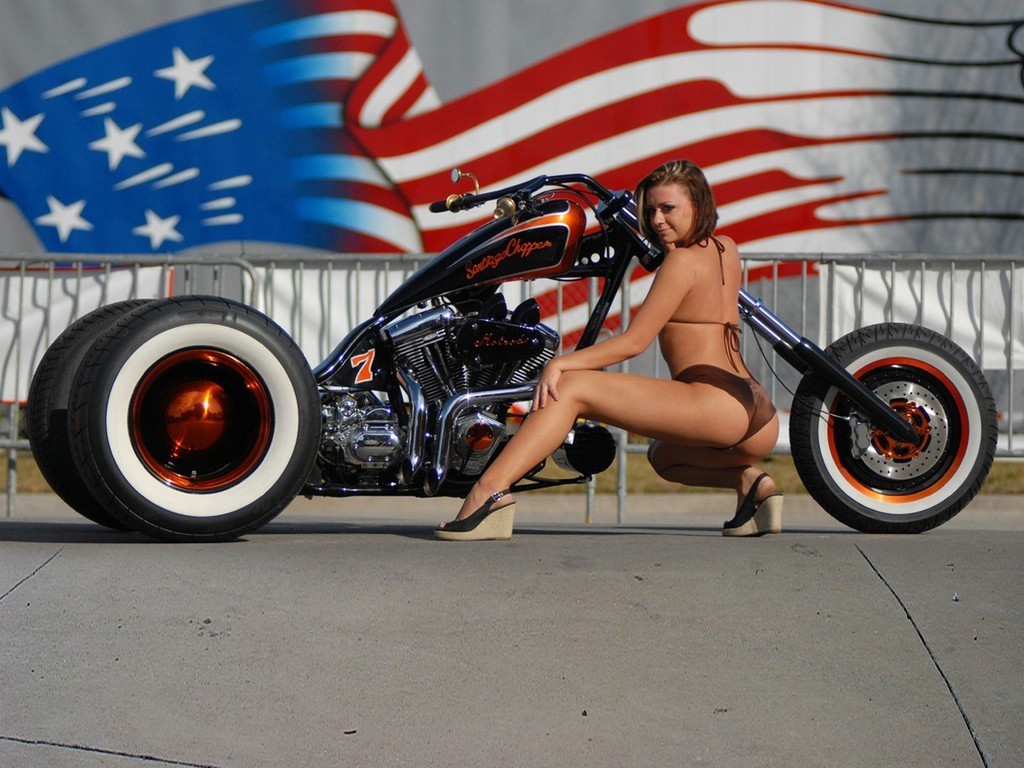When we saw Larry's Francis Barnett pictures we ask him to tell us more about this beautiful bike, Larry is from Rhode Island and is an english bikes lover.
Enjoy. Frank

The photos are of my unrestored 1947 Francis-Barnett Powerbike. Francis and Barnett Ltd of Lower Ford Street, Coventry was formed in 1919 by Gordon Francis and Arthur Barnett. They were motorcycle producers who, in 1939, produced an autocycle called the "J50 Powerbike". The Francis-Barnett Powerbike followed the usual form for autocycles, the first model having the Villiers Junior two-cycle engine slung below the frame. Just after the model "K50" was announced for the 1940 season, the engine was changed to the new 98cc Villiers Junior de Luxe.
 The earliest models were rigid framed but during 1939 a rubber-cushioned fork that pivoted at the crown was introduced. Another feature of the Powerbike was a rear hub brake actuated by back pedalling. This had a trip action that allowed it to be disconnected when wheeling the machine but automatically re-engaged it when the machine was ridden. You can see the mechanism in the photos of the left-hand side of the bike. The round toolbox in the rear bend of the carrier was introduced during 1939, earlier models had a flat toolbox on top of the front portion of the carrier. Production was suspended for the war and resumed when the hostilities were over with one major change being the girder fork with rubber band suspension. If you are familiar with the early Harley Davidson Model 125, a copy of the oft duplicated DKW RT125, the suspension is nearly identical. My bike is an early 1947 model produced prior to Francis-Barnett being absorbed by Associated Motor Cycles (AMC).
The earliest models were rigid framed but during 1939 a rubber-cushioned fork that pivoted at the crown was introduced. Another feature of the Powerbike was a rear hub brake actuated by back pedalling. This had a trip action that allowed it to be disconnected when wheeling the machine but automatically re-engaged it when the machine was ridden. You can see the mechanism in the photos of the left-hand side of the bike. The round toolbox in the rear bend of the carrier was introduced during 1939, earlier models had a flat toolbox on top of the front portion of the carrier. Production was suspended for the war and resumed when the hostilities were over with one major change being the girder fork with rubber band suspension. If you are familiar with the early Harley Davidson Model 125, a copy of the oft duplicated DKW RT125, the suspension is nearly identical. My bike is an early 1947 model produced prior to Francis-Barnett being absorbed by Associated Motor Cycles (AMC). I purchased the bike in 2006 with the assistance of a friend in the UK where it had been continuously road registered since 1947. The bike sure has had a long and useful life. At the time I purchased the bike I was living in Wisconsin and had it shipped to Chicago where I picked it up on a cold January day and brought it home. Unloading the bike I discovered a teaspoon or two of fuel remained in the tank, turning on the tap and a quick shot with the 'tickler' and I attempted to start it up. Imagine my surprise when in only a few yards the bike was ticking over as it had for nearly 60 years. The controls are interesting. The choke is operated by a long rod that you can see coming up alongside the left-hand side of the tank and capped with a brass knob.
I purchased the bike in 2006 with the assistance of a friend in the UK where it had been continuously road registered since 1947. The bike sure has had a long and useful life. At the time I purchased the bike I was living in Wisconsin and had it shipped to Chicago where I picked it up on a cold January day and brought it home. Unloading the bike I discovered a teaspoon or two of fuel remained in the tank, turning on the tap and a quick shot with the 'tickler' and I attempted to start it up. Imagine my surprise when in only a few yards the bike was ticking over as it had for nearly 60 years. The controls are interesting. The choke is operated by a long rod that you can see coming up alongside the left-hand side of the tank and capped with a brass knob.

The clutch is a single-plate, motorcycle style clutch that is lever actuated from the left-hand handlebar and features a locking lever so that one can pedal the bike without having to keep the clutch depressed. This has proved to be a very handy feature in practice. The throttle and front brake are located on the right-hand handlebar, where the brake lever is conventional and the throttle is a short lever actuated by your thumb. Once one gets used to the arrangement it is really pretty easy to manage. The bike is a pleasure to ride and is actually quite comfortable with a top speed of about 30 miles per hour. Although I rarely ride it at that speed as the narrow tires and rigid rear suspension get pretty unstable when going very fast.
Thanks Larry for those words and pictures
.


























No comments:
Post a Comment